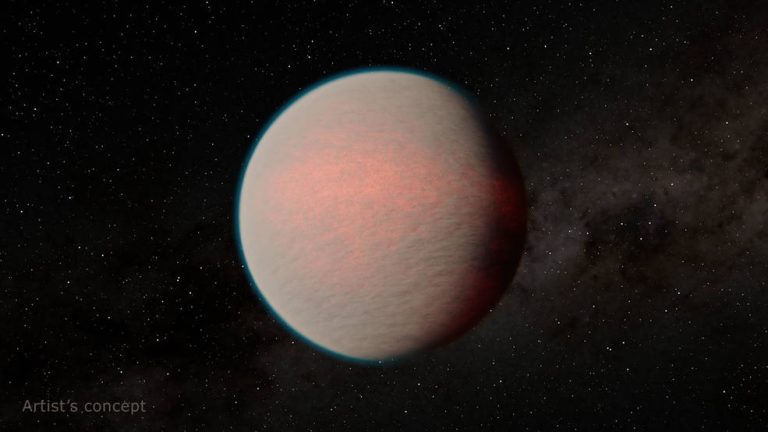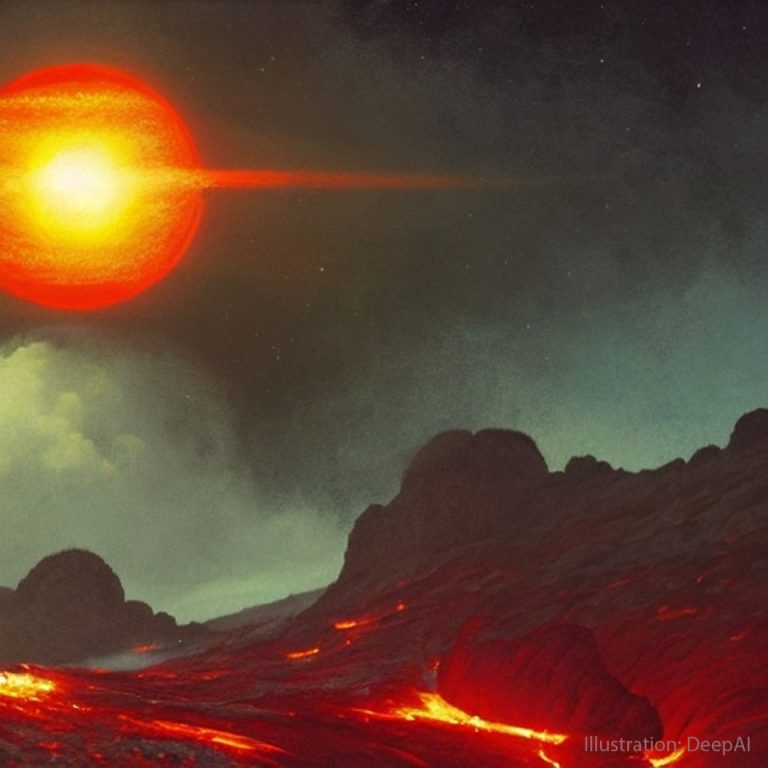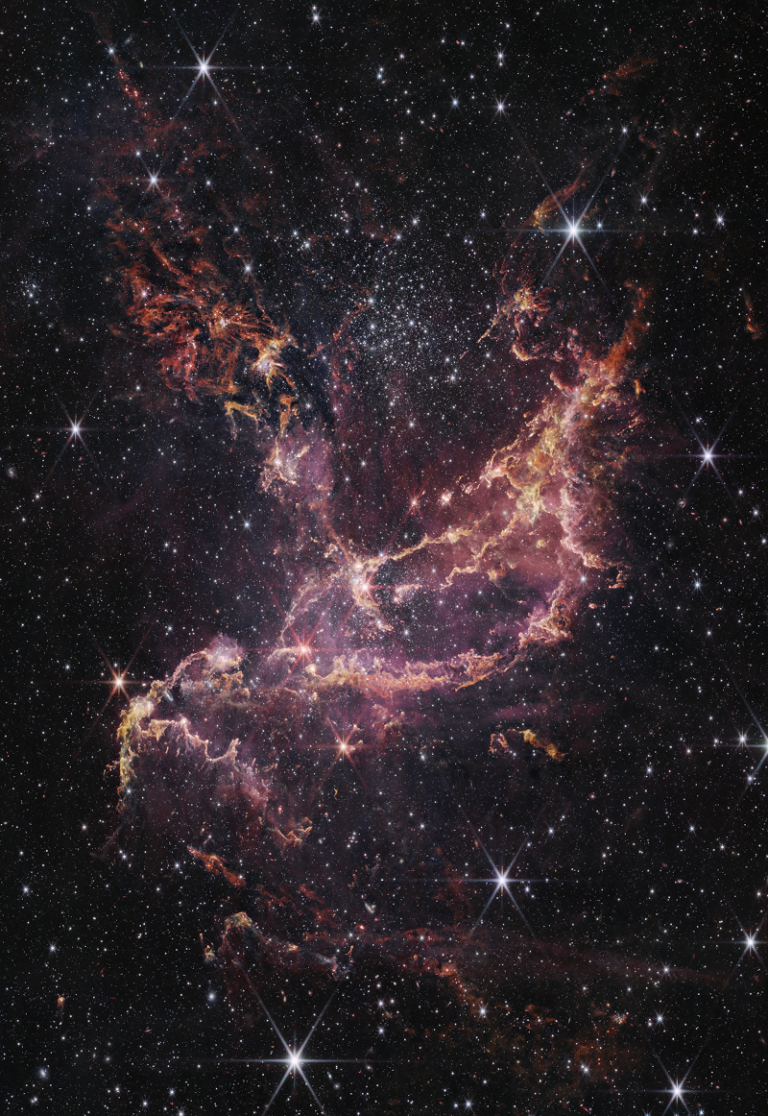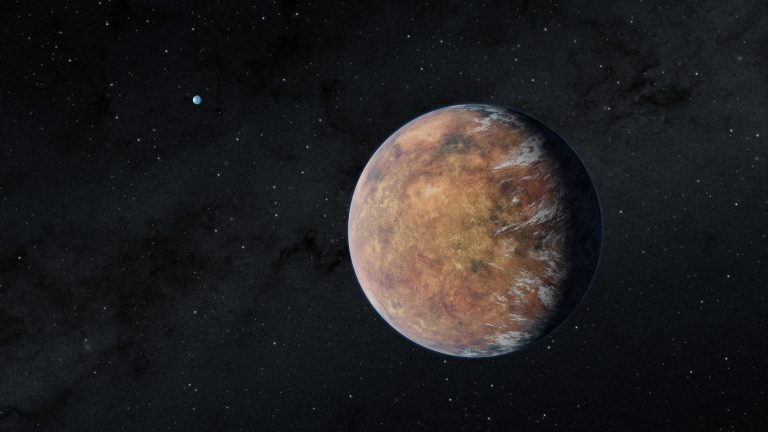恒星吞噬行星
2023年6月6日 Star Eats Planet Illustrative Video Credit: K. Miller & R. Hurt (Caltech, IPAC) Explanation: It’s the end of a world as we know it. Specifically, the Sun-like star ZTF SLRN-2020 was seen eating one of its own planets. Although many a planet eventually dies by spiraling into their central star, the 2020 event, involving a Jupiter-like planet, was the first time it was seen directly. The star ZTF SLRN-2020 lies about 12,000 light years from the Sun toward the constellation of the Eagle (Aquila). In the featured animated illustration of the incident, the gas planet’s atmosphere is first pictured being stripped away as it skims along the outskirts of the attracting star. Some of the planet’s gas is absorbed into the star’s atmosphere, while…










